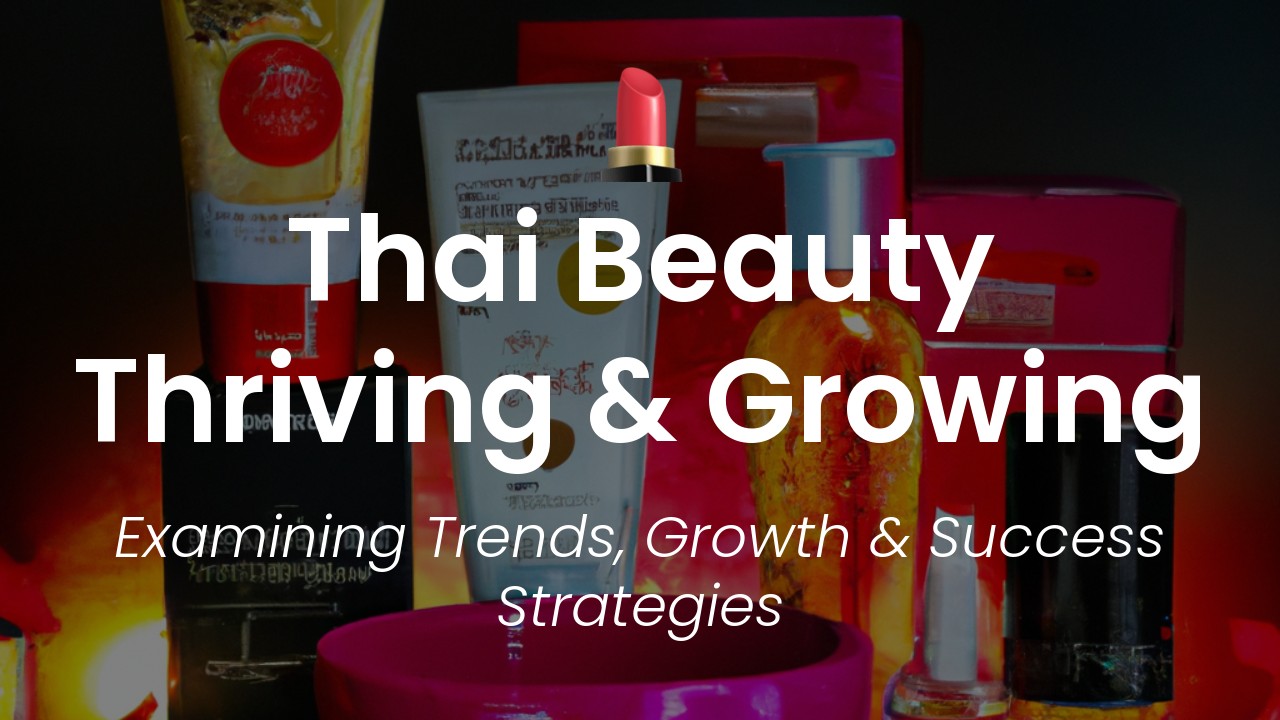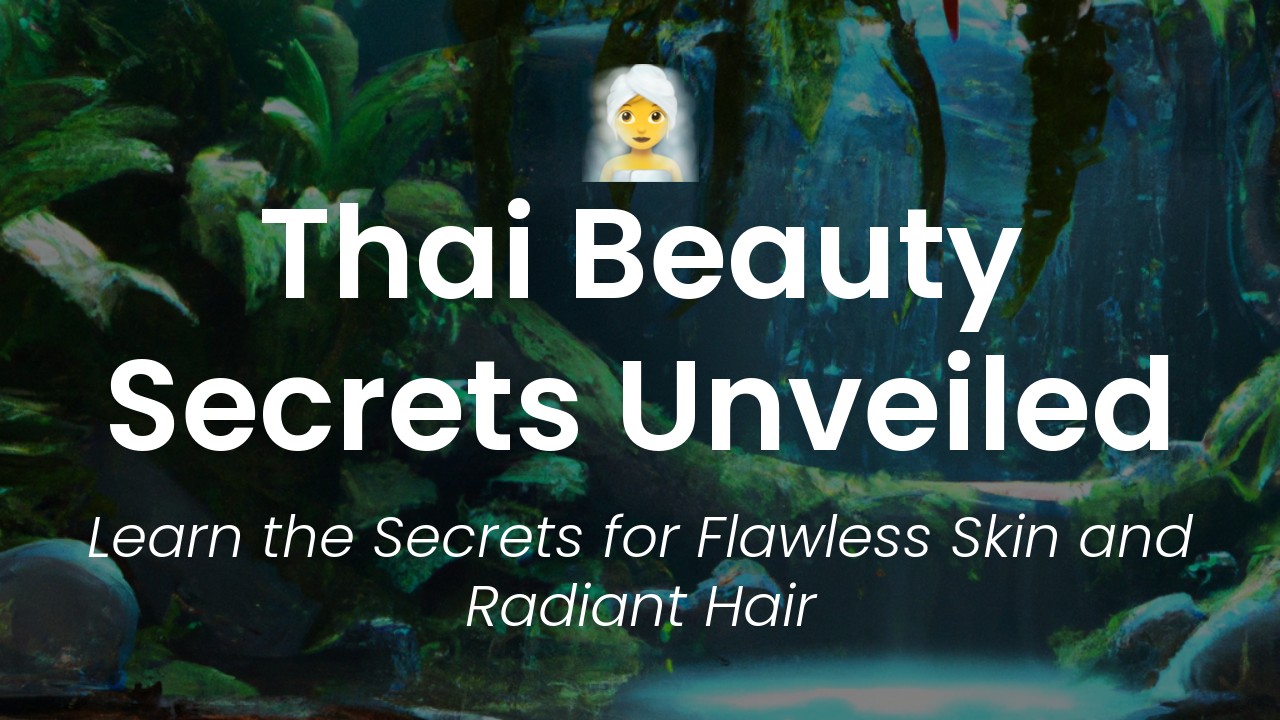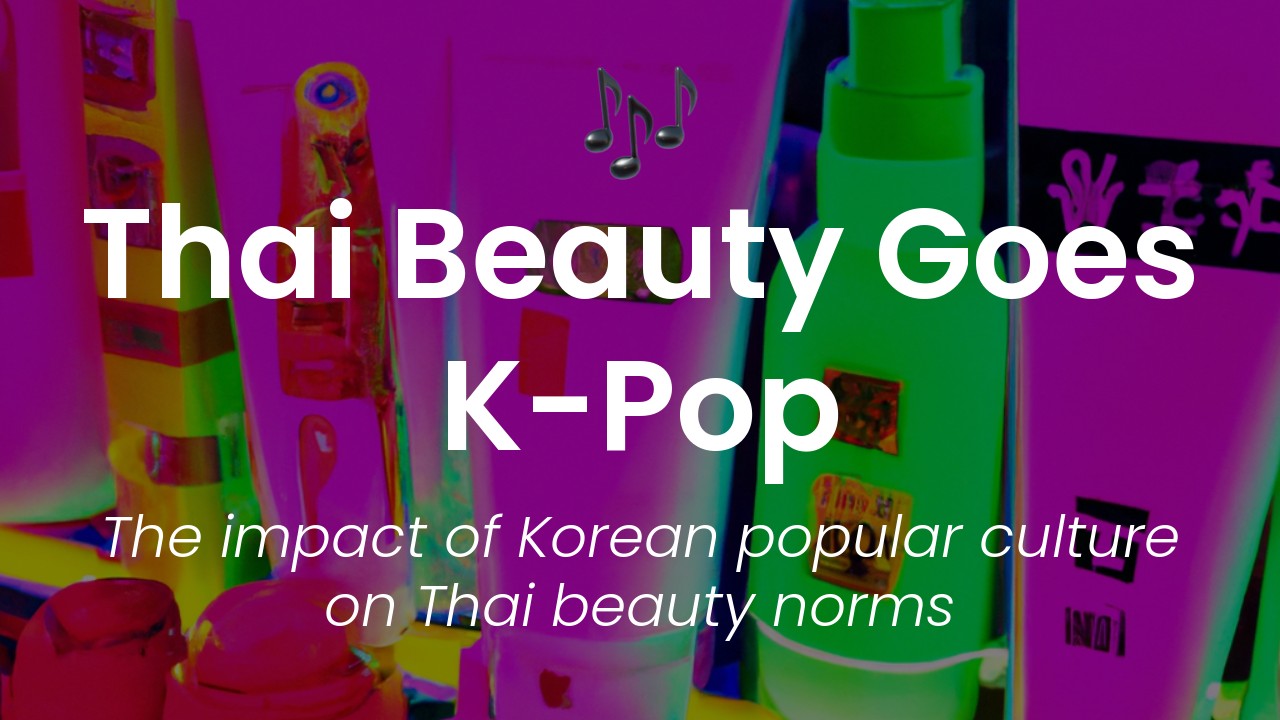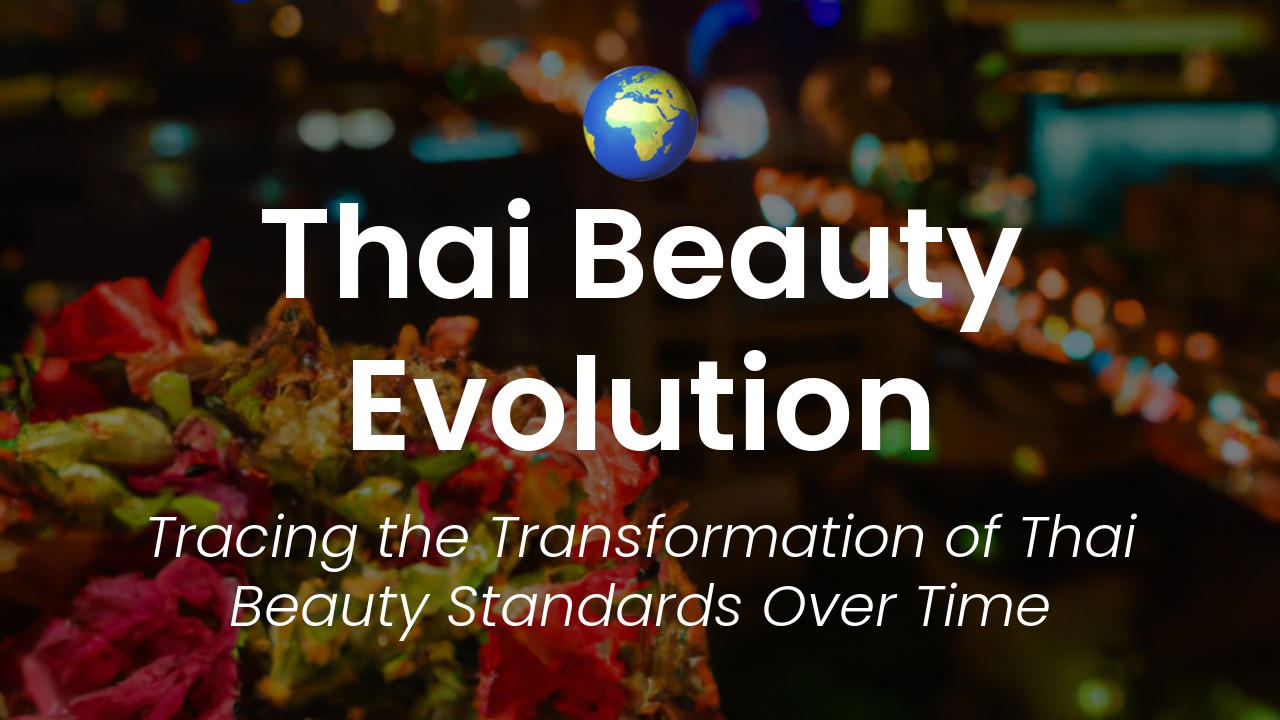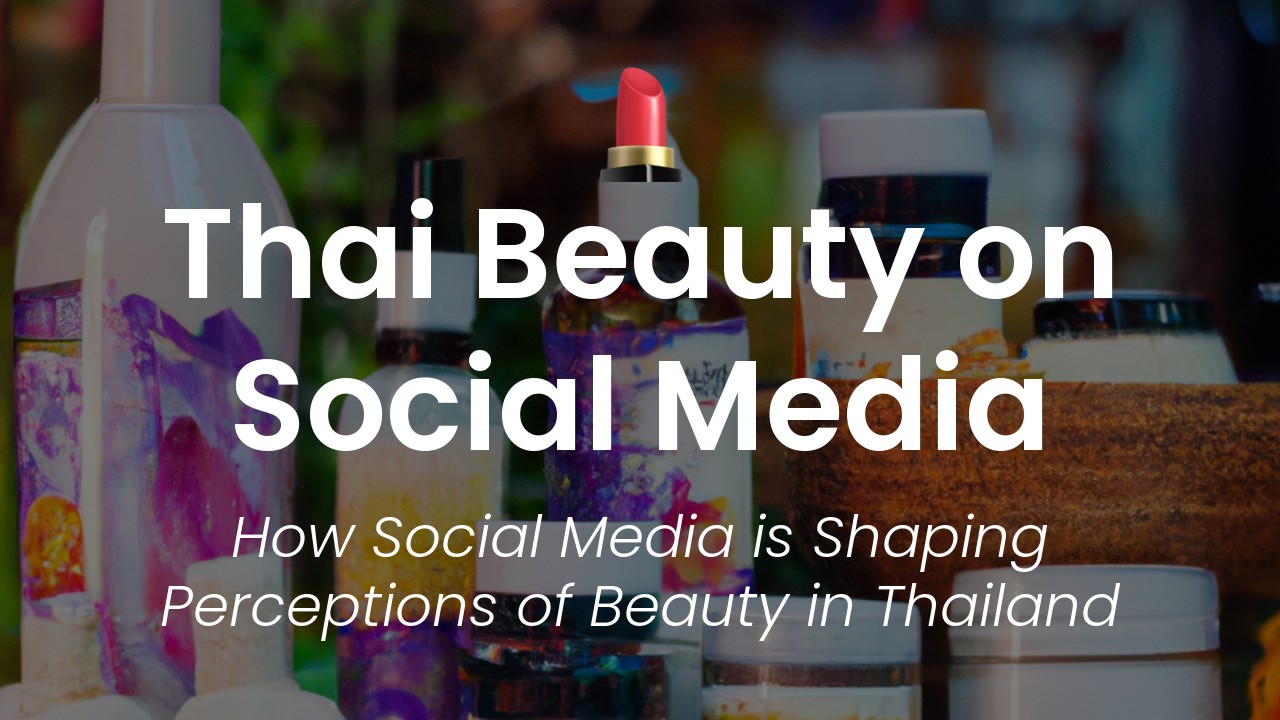As a young woman hailing from Thailand, I’ve always been acutely aware of the cultural significance of beauty ideals in my country. Thai women are expected to be slim, fair skinned, with long silky hair – and it doesn’t stop there. There is an extraordinary pressure put on young girls to uphold their cultural beauty standards, which include having a ‘small face’, ‘big eyes’ and a ‘pointy nose’. Such an obsession with appearance isn’t unique to Thailand, but it plays a significant role in the country’s culture, as it is closely linked to socioeconomic status. People – especially women – with lighter skin and more ‘ideal’ features are considered more attractive and, in turn, more successful.
It’s an unfortunate reality that many young Thai women turn to drastic measures in order to fit the ‘ideal’ body type, including extreme diets and cosmetic surgery. Growing up, I’ve seen just how harmful these standards can be – from girls suffering from eating disorders to those who use skin whitening creams in an effort to conform to the societal pressures. It prompted me to dive deeper into this cultural phenomenon and explore why it has such a stronghold in Thai society and beyond.
In this article, I am going to uncover the shocking truth about Thai body image and address the current societal standards deemed ‘beautiful’ by many. I’ll delve into why exactly these standards are so difficult to challenge, and speak to young Thai women about their experiences growing up under such intense beauty pressure. Through my own experiences and research, I hope to shed light on the negative effects of such beauty expectations, and how we can all work towards a more accepting and inclusive society.
Historical roots of Thai beauty standards
Beauty standards in Thailand have a long and complex history that is tied to both cultural and political factors. For centuries, Thai people have held a deep admiration for fair skin, which was seen as a sign of wealth and nobility. This preference for paler skin can be traced back to the Siamese Royal Court of the 15th century, where women with fair complexions were favored and considered more attractive than their darker-skinned counterparts.
During the early 20th century, western beauty standards began to influence Thai culture. The concept of the hourglass figure became popular, and women were encouraged to have curves in all the right places. At the same time, colonialism and imperialism brought a wave of white skin worshippers from other countries, leading to an even greater emphasis on pale skin and a stubborn rejection of darker skin tones.
Current state of body image in Thailand
Today, beauty standards in Thailand continue to favor fair skin and a slim, petite figure. However, there are some signs of progress towards a more inclusive and accepting attitude towards body image. In recent years, many Thai celebrities have spoken out about their struggles with body shaming and have advocated for body positivity and self-acceptance.
Despite these positive signs, the pressure to conform to rigid beauty standards remains a significant issue in Thai society. Many young people, especially women, are bombarded with images of perfect bodies and are encouraged to emulate these beauty ideals. Social media has only exacerbated this trend, creating a culture of comparison and competition that can be incredibly damaging to one's self-esteem.
Pressure to conform to Western beauty standards
Another layer to this complex issue is the pressure to conform to western beauty standards. Western advertising and media are ubiquitous in Thailand, and many young people aspire to look like the models and celebrities they see on TV and in magazines. Unfortunately, these standards often emphasize thinness to an unhealthy degree and can lead to disordered eating habits, low self-esteem, and other mental health issues.
Social media's impact on Thai body image
Social media plays a significant role in shaping body image and self-esteem in Thailand. Young people are exposed to a constant stream of images that promote unattainable beauty standards and unrealistic expectations. Platforms like Instagram and Facebook can be incredibly toxic, leading many to feel inadequate and unworthy.
There is also a growing trend of social media influencers who promote cosmetic surgery and other procedures that claim to help people achieve their ideal body shape. These influencers often receive incentives from clinics and other cosmetic companies, leading to widespread skepticism about their aims and motives.
The prevalence of skin-whitening products
In addition to an emphasis on thinness and a preference for fair skin, there is also a widespread use of skin-whitening products in Thailand. These products are often advertised as a way to achieve a lighter, brighter complexion, but they can be incredibly harmful to one's health. Many skin-whitening products contain toxic chemicals like mercury, which can cause serious health problems such as kidney damage and skin cancer.
Despite the potential risks, skin-whitening products continue to be popular in Thailand. This reflects a larger trend of valuing pale skin as a symbol of wealth and status, even as many people have begun to reject other western beauty ideals.
Body positivity movements gaining traction
Despite the many challenges facing Thailand when it comes to body image and beauty standards, there are also many signs of progress. The body positivity movement has gained plenty of traction in recent years, with many activists working to promote self-acceptance and body diversity.
There are also many grassroots organizations and community groups working to create a more inclusive and compassionate society. These groups focus on education and awareness-raising, as well as providing support and resources for people struggling with body image issues.
Ways to support and empower diverse body types
If you are passionate about promoting body positivity and empowering diverse body types in Thailand, there are several things you can do to get involved. One important step is supporting local organizations that work towards these goals. You can also participate in social media campaigns that promote inclusivity and self-love and support Thai artists and creators who are seeking to redefine beauty standards.
Additionally, you can advocate for more representation and diversity in media and advertising. You can speak out against harmful and toxic content that promotes unhealthy beauty ideals and support brands and companies that prioritize inclusivity and diversity.
In conclusion, beauty standards in Thailand are complex and multifaceted. Preferences for fair skin and a slim, petite body type play a significant role, as do the pressures to conform to western ideals and social media's influence. However, there are many positive signs of progress, including body positivity activism and movements that seek to empower diverse body types. By supporting these efforts and advocating for a more inclusive and compassionate society, we can help create a brighter, more accepting future for everyone in Thailand.


